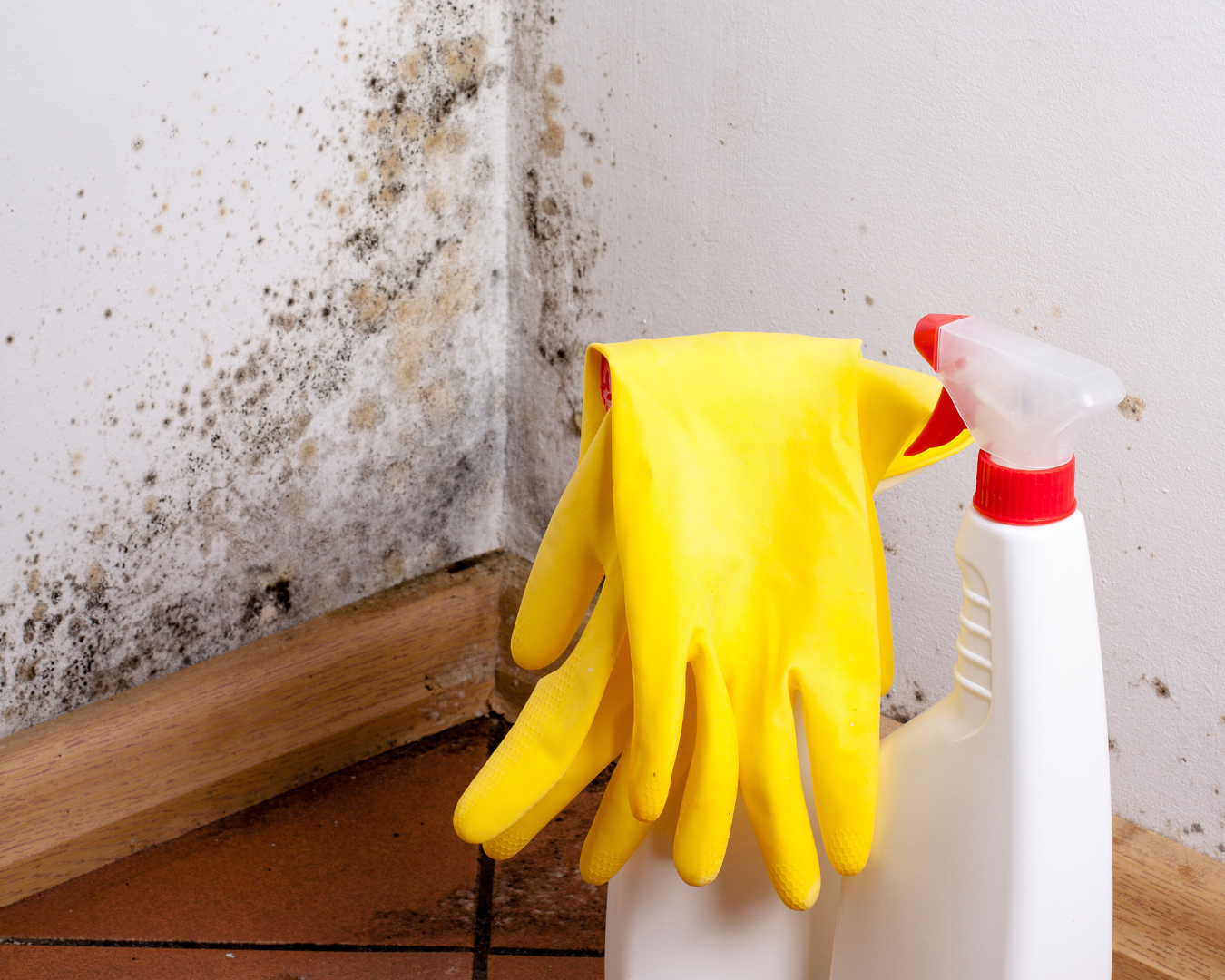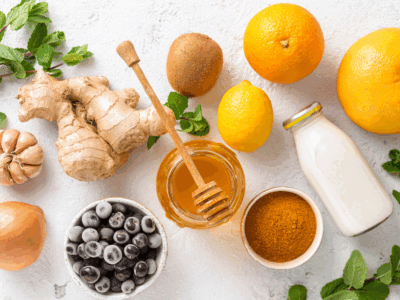If you’ve ever lived in a home or worked in a space contaminated by toxic mold — especially species like Stachybotrys, Chaetomium, Aspergillus, or Penicillium — you may already know how it can wreak havoc on your health. But one of the most insidious effects of mold exposure is what it does to your immune system.
Many people walk around feeling exhausted, inflamed, anxious, and sick — without realizing their immune system is stuck in a dysfunctional loop because of hidden mold toxicity.
Let’s break down what’s really happening inside your body.
Mold As An Immune Disruptor
Toxic mold and its byproducts (called mycotoxins) act as immune suppressants, immune stimulants, and neurotoxins all at once. In other words, they confuse and dysregulate your immune system in multiple directions:
Over-activation:
The immune system goes into a constant state of alarm, triggering chronic inflammation.
Suppression:
Over time, immune vigilance drops, making you more susceptible to viruses, Lyme, Candida, parasites, and other infections.
Autoimmunity:
Mold can increase molecular mimicry, leading the body to attack its own tissues (like in Hashimoto’s, lupus, or MS).
TH1 vs. TH2 Imbalance: Your Immune System’s Tug-of-War
Your immune system has two main branches: TH1 (pathogen-fighting, intracellular response) and TH2 (allergy response, antibody production). Mold disrupts the balance between the two.
Some people become TH1 dominant: prone to autoimmunity, fatigue, chronic infections.
Others shift toward TH2 dominance: allergies, histamine issues, asthma, and skin flares.
Mold exposure can flip this balance — and keep it stuck there — which is why healing often requires restoring immune regulation.
Mold Weakens the Body’s Defenses
Mold doesn’t just confuse your immune system — it actively weakens it by:
✓ depleting glutathione (your master antioxidant)
✓ damaging mitochondria, making immune cells less effective
✓ disrupting gut integrity, which houses 70%+ of your immune system
✓ triggering mast cell activation, leading to histamine overload and allergic-type symptoms
All of this creates a body that’s overwhelmed, inflamed, and easily hijacked by chronic infections like EBV, Lyme, parasites, Candida, and more.
Common Signs of Immune Dysfunction from Mold
If you’ve been exposed to toxic mold, you might notice symptoms like:
→ Fatigue that doesn’t improve with rest
→ Brain fog or memory issues
→ Frequent viral reactivations (cold sores, EBV flares, shingles)
→ Autoimmune flares
→ Histamine intolerance (rashes, flushing, hives, congestion)
→ Food sensitivities and gut issues
→ Mood swings, anxiety, or panic out of nowhere
→ Poor recovery from exercise or illness
These are all clues that your immune system is out of balance — not because it’s broken, but because it’s overloaded.
Can You Test for Immune Imbalance?
Short answer: Yes!
Unfortunately though, there’s no single test that says “you are TH1 dominant,” but you can look at patterns through the below assessments, and they can help identify whether your immune system is suppressed, overactive, or dysregulated — and what might be triggering it.
IMMUNE FUNCTION ASSESSMENTS
🧬 Cytokine panels (measuring IL-4, IL-10, IFN-gamma, etc.)
🧬 Functional stool tests (for gut-immune markers like sIgA)
🧬 Immune markers on labs like CD57, TGF-beta, and NK cell activity
🧬 Symptom-based quizzes to give a probable immune profile
How to Support a Mold-Damaged Immune System
Healing starts by removing the trigger — getting out of mold and beginning gentle detox support. Once that foundation is in place, the focus shifts to restoring balance and function throughout the body. Let’s take a look at a few key areas to focus on to help your body recover…
→ Give your cells some love with nutrients like phosphatidylcholine, CoQ10, fish oil, and D-chiro-inositol to help them function better and regain energy.
→ Support your detox pathways by using things like glutathione, binders, sweating (like gentle sauna or movement), and drainage support to help your body clear out toxins.
→ Rebuild your gut with gut-soothing nutrients, quality probiotics, and support for healing the digestive lining — since so much of your immune health lives there.
→ Balance your immune system — the goal isn’t to “boost” it, but to help it function properly. Things like adaptogens, peptides, and targeted supplements can support this process.
→ Address hidden infections (like viruses or bacteria) once your immune system is more stable and ready to handle them.
→ Calm your nervous system — when your body feels safe, it can heal more effectively. Simple things like deep breathing, gentle movement, and rest can go a long way.
If you’ve been feeling sick, inflamed, anxious, or stuck in chronic illness — and nothing seems to be working — consider mold as a hidden immune saboteur.
You’re not broken — and this isn’t the new normal you have to settle into. Your body is doing its best to survive in a toxic environment — once you remove the overload and give your immune system the right support, healing is absolutely possible… I know this to be true, because I’ve been there and I’m healed.









